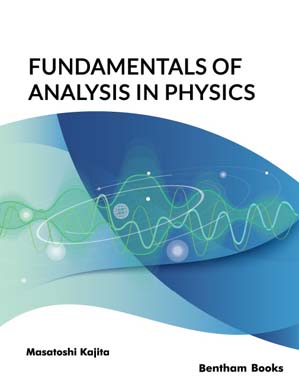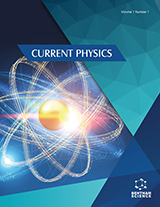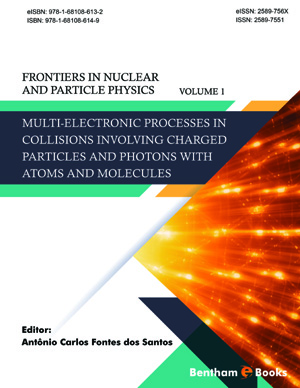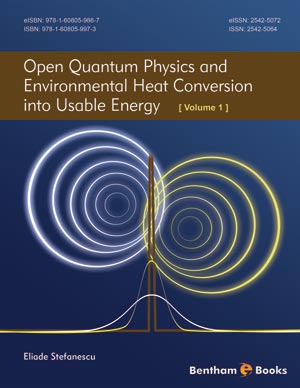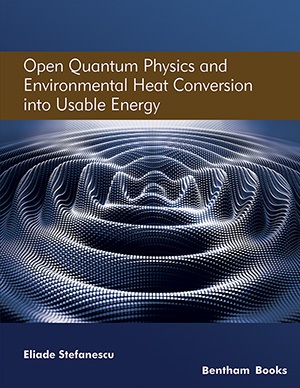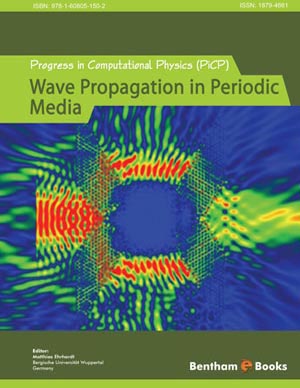Abstract
Spin is one of the most important characteristics of particles, which results in
a fine and hyperfine energy structure and Zeeman energy shift. Spin is a property of
particles, independent of the density distribution given by the potential field. The spin
eigenfunction should be described using a vector, and the spin operator is given by a
matrix. The property of spin is not derived from the Schroedinger equation, which treats
wave functions as scalars.
The Dirac equation was developed to obtain wave functions from the relationship
between frequency (energy) and wavenumber (momentum) given by the theory of special
relativity, for which the equation is given by the 4 x 4 matrix and the wave functions are
given by four-dimensional vectors. There are four solutions for one equation, which
correspond to ± 1/2 spin states and the positive and negative rest energies. The existence
of negative rest energy was confirmed by the discovery of positrons (antiparticles). The
Zeeman shift induced by spin is derived from the exchange of matrix production.
Keywords: Antiparticle, Dirac equation, Electron sea, Electron spin, Fine structure, Klein-Gordon equation, Lamb shift, Pauli matrix, Quantum electrodynamics, Relativistic effect, Zeeman shift.


